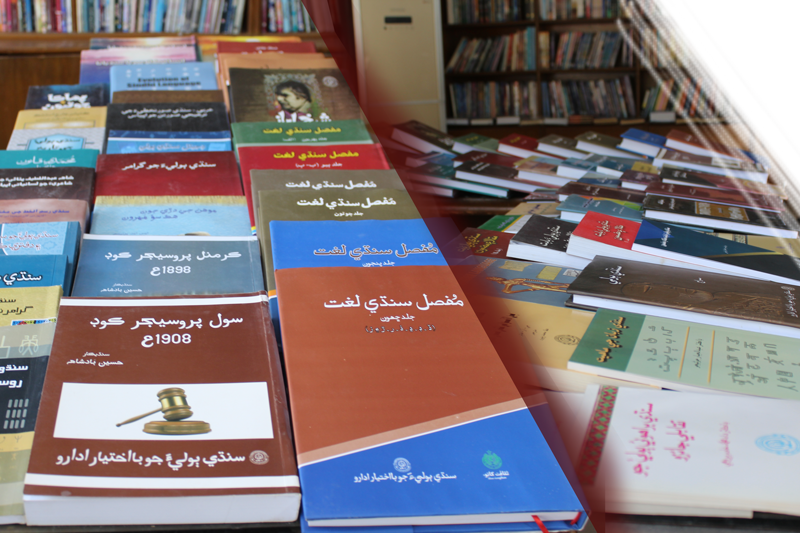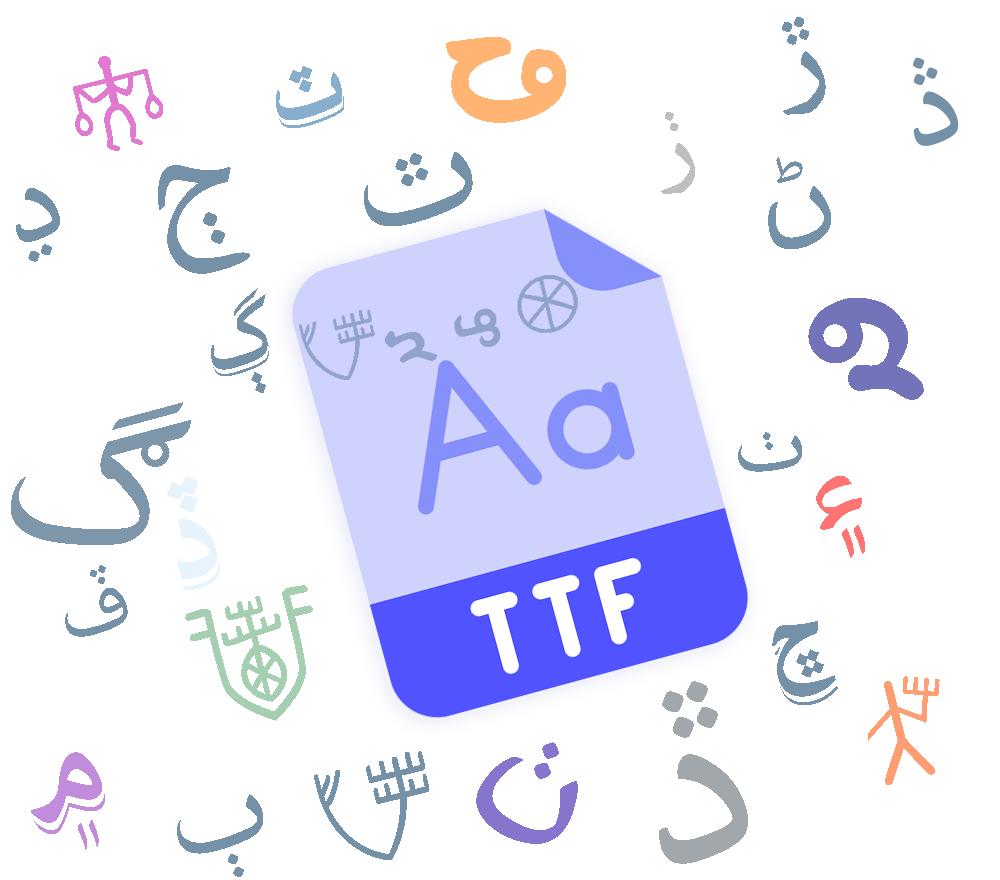The Indus script: A challenging puzzle
Abstract The Indus script used by the Harappan civilization around 2600-1800 B.C. remains little understood,…
Read More
The Sindhi Language Authority is pleased to launch its flagship initiative for the promotion, preservation, and development of the Sindhi language. It is a work in progress, but it will give an all-inclusive web-based virtual one platform for textual and audio-visual content. The primary objective of this project is to create web-based virtual resource is to facilitate writers, academics, and researchers in Sindh, Pakistan, and beyond. The web-based resource will catalogue, archive, create a knowledge hub, and digitise Sindhi language published books, magazines, research journals, and newspapers on a variety of important topics, including linguistics, language history, grammar, phonetics, sociolinguistics, dictionaries, and anthologies
Sindhi is one of the ancient languages of the globe. It is the primary language of the Indus civilization. In South Asia, Sindhi is the language of the indigenous peoples of Sindh. Currently, it is estimated that the speakers of the Sindhi language constitute about sixty million worldwide. It is included in the Indo-Aryan language family of South Asia and its ancient script is referred to as the Indus Script. Although, scholars and researchers across the world have worked on the decipherment of the Indus Script. In its entirety, the decipherment of the Indus Script has remained an incomplete task. With the advent of the Arab conquest of Sindh in the eighth century, the Sindhi language gradually received the impact of the Arabic script. As a result, over the centuries the Sindhi language has been adapted to the Arabic script. In India, the Sindhi language is also used in both the Arabic and the Devanagari scripts. In 1953, during British colonial Sindh, the Sindhi language was further standardized, and steps were taken to develop its alphabet and introduced it as an official language and modern schooling practice. Currently, Sindhi is the official language of the Sindh province of Pakistan. In India, Sindhi is one of the officially recognized languages which is included in the scheduled languages. The majority of Sindhi language speakers live in the Sindh province of Pakistan as well as in the Kachh region of Gujrat and Ulhasnagar in Maharashtra states of India. At present, in India, the Sindhi inhabitants belong to Hindu and Sikh Panthi who had migrated from Sindh to India during the partition of India and Pakistan in 1947/1948. Additionally, the Sindhi-speaking people live as a diaspora community across the world. Also, the Sindhi language is spoken in the provinces of Baluchistan, and Punjab in Pakistan as well as in the states of Rajasthan, Punjab, and Gujrat. Besides, the Sindhi language is spoken by the Sindhi diaspora in Hong Kong, Oman, Indonesia, Singapore, UAE, Saudi Arabia, Australia, Britain, USA, and Gibraltar among others.

Access published books and research papers on Sindhi language in various languages
Most Recent uploaded books on Indus Script, you can download PDF file or Read online.
Abdul Majid Bhurgri Institute of Language Engineering presents IVC Script font for researchers, who are working on oriental languages and scripts of Indus Valley Civilization.

Research articles are being published on Sindhi language from all over the world. Here you can access most recent published research articles.
Abstract The Indus script used by the Harappan civilization around 2600-1800 B.C. remains little understood,…
Read MoreThe script of the ancient Indus civilization remains undeciphered. The hypothesis that the script encodes…
Read MoreAbstract Although no historical information exists about the Indus civilization (flourished ca. 2600–1900 B.C.), archaeologists have…
Read MoreCopyright @2025 Sindhu Script. All Rights Reserved by Sindhi Language Authority
Powered by Abdul Majid Bhurgri Institute of Language Engineering